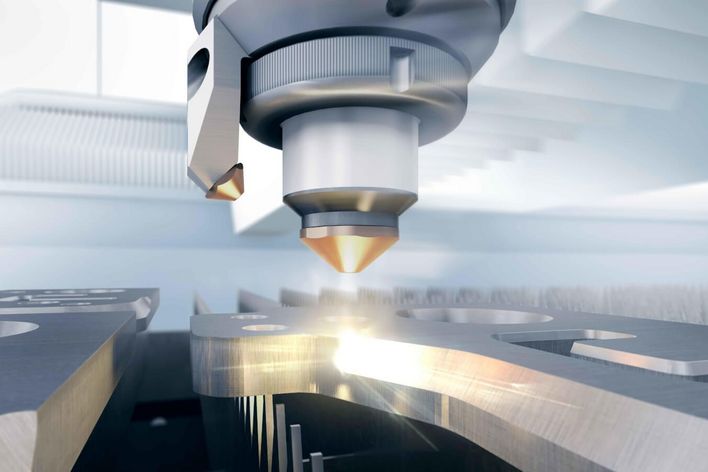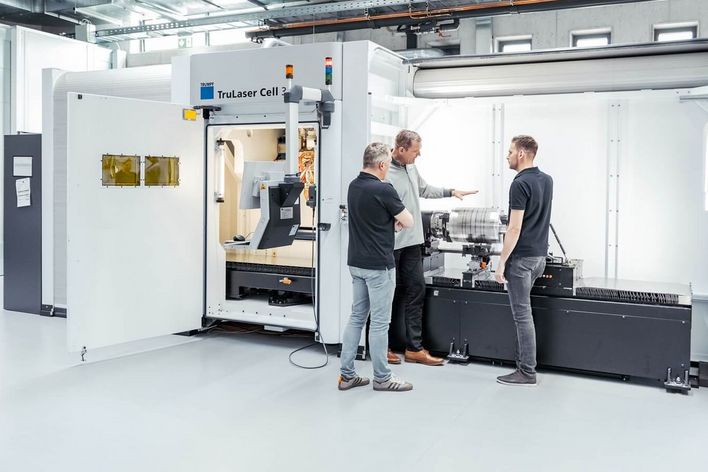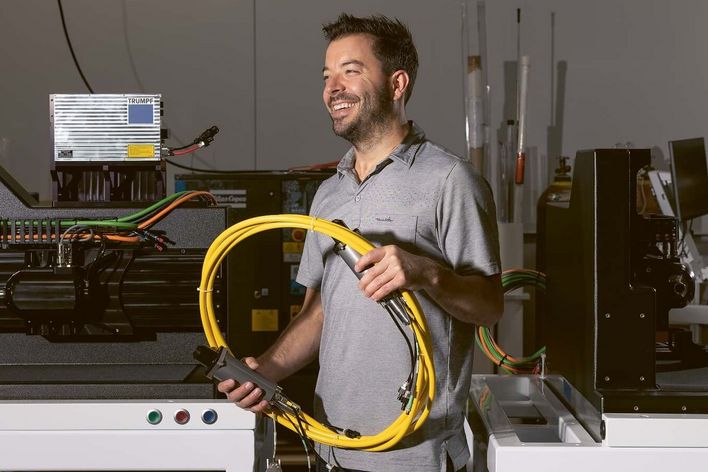1. Trucks and buses: hardly any future without hydrogen
Fuel cells are very well suited for use in heavy-duty transport. Trucks, buses, trains and ships need a lot of energy because of their heavy weight. This means that battery-based electromobility is reaching its limits. Hydrogen and fuel cells can play to their strengths: Long range and short refueling stops.
2. Whether start-ups or large corporations: series production has already begun.
Established truck manufacturers and start-ups are driving the development of fuel cell trucks. Suppliers and OEMs have already entered small-scale fuel cell production. New production facilities with larger manufacturing capacities are being planned or built, including in Germany.
3. Price decline: hydrogen can be produced more and more cheaply
Many regions of the world have expanded renewable energies in recent years. As a result, the so-called electricity production costs have fallen sharply. Electricity production costs refer to the costs incurred when a form of energy is converted into electricity. Some regions of the world can already produce green hydrogen at competitive prices.
4. Billions in funding: EU and German government invest in hydrogen technology
Germany's economy is to be climate-neutral by 2050. The main pillars for this are renewable energies, greater energy efficiency and hydrogen. To this end, the German government has adopted a hydrogen strategy. A total of nine billion euros is to be invested in making this energy carrier marketable. The European Union is also promoting hydrogen technology - with up to 5.4 billion euros.
5. No success without international partnerships
Many countries have adopted national hydrogen strategies. These include Germany, Japan, France, South Korea, Australia, Norway and the Netherlands. According to experts, however, the breakthrough of the hydrogen economy will only succeed with internationally networked supply chains. Leading associations from German and French industry (BDI, France Industrie and Medef), for example, therefore want to accelerate the establishment of a hydrogen value chain and are relying on close cooperation to this end.
6. Fuel cells: No economical production without laser technology
German industrial suppliers should soon be able to significantly reduce the still high manufacturing costs of fuel cells. Take TRUMPF, for example: Without highly sophisticated manufacturing technology and the laser as a joining tool, so-called bipolar plates can hardly be produced economically. These wafer-thin metal plates are the heart of a mobile fuel cell Stacked, the bipolar plates allow hydrogen to react with oxygen from the air and burn. This produces water, electricity and heat. The hydrogen vehicle uses the electricity to power its electric motor.
7. Engineering know-how determines success or failure
Welding the ultra-thin bipolar plates is difficult. The weld seam must be perfect; it can hardly be seen with the naked eye. Even the smallest error would be fatal. This is because hydrogen molecules are tiny and slip through every crack. A single leaky bipolar plate would render a large part of the fuel cell unusable.
A job for the laser - because all other joining processes have a hard time here. For years, TRUMPF has been pushing the development of laser processes to make the manufacturing process of fuel cells even more efficient and economical in the future. The high-tech company is working together with all leading manufacturers involved in the fuel cell field.





